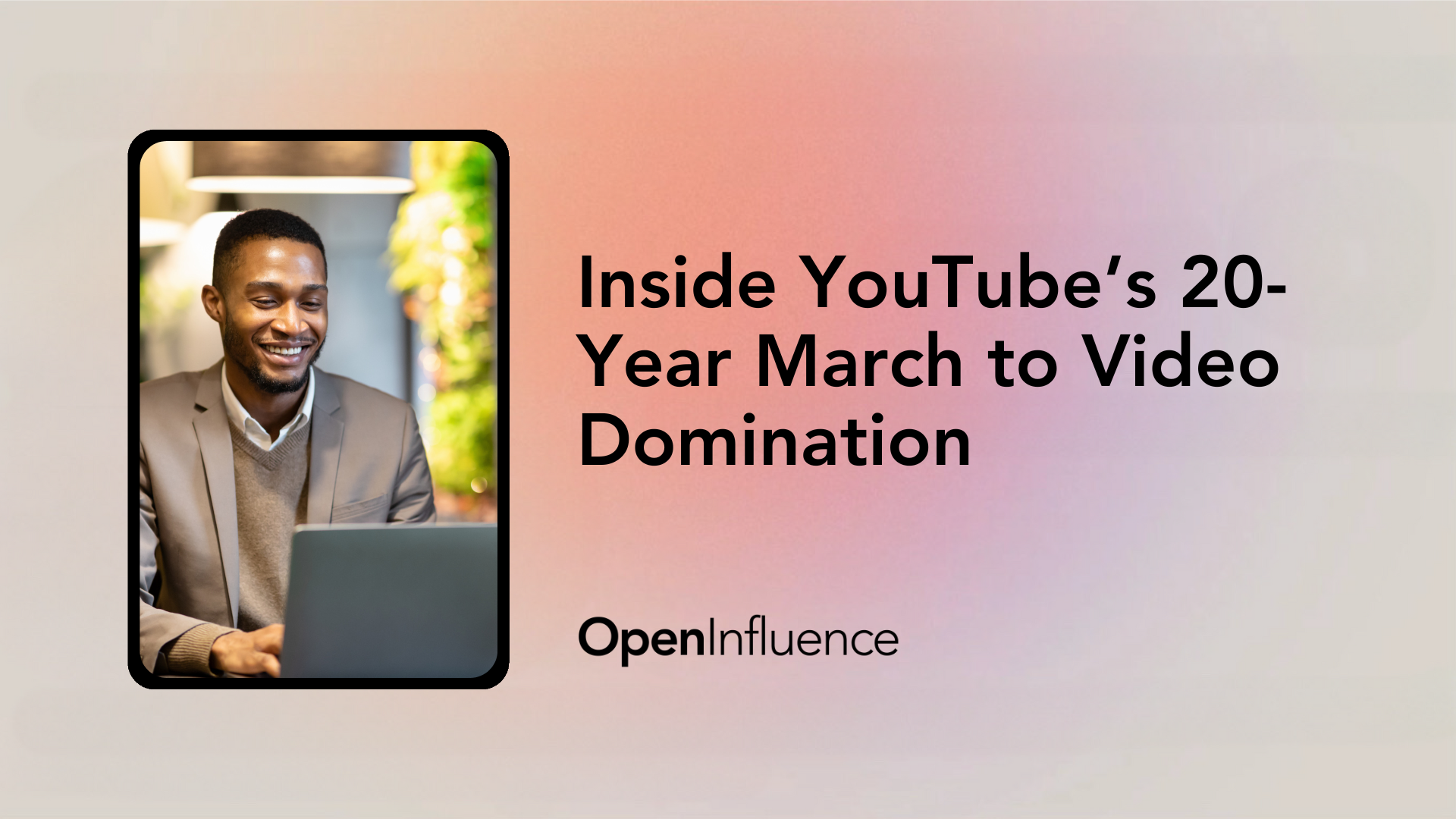CEO Neal Mohan Pledges to Continue Growing Its Creator Ecosystem
When YouTube Co-Founder Jawed Karim uploaded the first-ever video to the platform in April 2005, Me at the Zoo, no one could have foreseen YouTube’s 20-year journey to domination of the video landscape—not even Karim and his fellow PayPal alumni and YouTube Co-Founders, Chad Hurley and Steve Chen.
And even with the massive advancements in technology—both in YouTube’s backend and infrastructure, and the devices used by people to create and consume videos, such as cameras, smartphones, and tablets—the idea of YouTube becoming a destination for live sports and full-length, television-quality video content was barely a thought even a few years ago.
But here we are, a little over 20 years from the date when YouTube was founded, and it is indeed home to long-form video in many genres, as well as live sports, including the crown jewel of the U.S. sports scene, the National Football League.
Google, which acquired YouTube in October 2006, is a proud parent company: According to The Hollywood Reporter, YouTube accounted for over $36 billion in advertising revenue in 2024, with total revenue of more than $50 billion when contributors such as subscriptions to YouTube Premium and YouTube Music are factored in.
The most recent The Gauge report from Nielsen found that YouTube was the most viewed video platform, with a 13.1% share and a sizable gap over second-place Netflix (8.7%).
“Generation X helped popularize cable, millennials helped usher in the rise of streaming, and Gen-Z/ ‘Zillennials’ are helping to make YouTube the next entertainment superpower,” Open Influence Associate Director, Talent Relations Makenna Peach said, adding that according to YouTube, more than 27% of its audience is in the 18-through-34 age range.
An early pivotal moment for the platform was a comedy sketch from Saturday Night Live, Lazy Sunday, which was initially uploaded in 2005, months after YouTube’s launch, and became its first viral hit.
“One of the really big [shifts] was Saturday Night Live and clips getting consumed not on Saturday night, but on Sunday morning, when people would open up YouTube,” CEO Neal Mohan told THR. “In that sense, they were a pioneer in getting their content out to so many viewers.”
Fast-forward to YouTube’s huge sports coup, acquiring the rights to out-of-market games package NFL Sunday Ticket starting with the 2023 season, after the league’s exclusive agreement with satellite TV provider DirecTV expired.
The NFL and DirecTV deepened their partnership this past September, with a game played in Brazil between the Los Angeles Chargers and Kansas City Chiefs streaming exclusively on its platform.
YouTube is not shy about investing in other content, either, as a recent report by KPMG found that only NBCUniversal parent Comcast paid out more to creators and media companies than its $32 billion outlay.
But it is far from a free ride for most creators, as THR pointed out that those producing longer-form, TV-like scripted content are on the hook for writers, directors, sets, costumes, lighting, editing, special effects, and other production requirements, while YouTube provides tools such as AI-powered technology that suggests ideas and helps them create background videos for short-form video option YouTube Shorts.
“We’re proud of the fact that YouTube is this epicenter of culture, and it looks like other companies have noticed that, as well,” Mohan told THR. “But I would also say that what creators always tell me is that their home is YouTube, so I love the fact that they use their success on YouTube to create these other opportunities for themselves.”
Multiple sources told THR that the clearest path to success for scripted content from creators is securing ad dollars that are currently earmarked for TV, and YouTube is doing its part by refining its user experience to combine a Netflix-like interface, traditional TV experience, and YouTube staples like comments.
YouTube creator Dhar Mann told THR, “Brands need to recognize the opportunity that’s happening with YouTube—which they are—and that’s going to cause CPMs (cost per thousand impressions) to start to rise. At a certain point, you get to an inflection point where the cost of creating content is cheaper than the amount of revenue that you can generate, because CPMs are going up while costs are going down. And then ultimately, it’s whoever can build the biggest community.”
Mohan seems to be on board with this strategy, telling Career Ladder host Max Klymenko, as reported by THR, “It’s personally very important for me to not just continue to grow this creator ecosystem, but for it to actually be a viable, respectable, and sustainable career path for lots of young people in this country and really, all over the world.”
“With each generation, the call for more accessible, affordable, and customized entertainment increases, and what could be more curated than the ability to search for the exact form of entertainment you want and have hundreds of options at your fingertips within seconds?,” Peach said. “Even better is how advanced the algorithm is: YouTube learns your interests and preferences for you, so that each time you login, you have a whole host of content specifically curated to suit your interests.”
Contact Open Influence today to explore potential creator marketing campaigns on YouTube and other social platforms.

